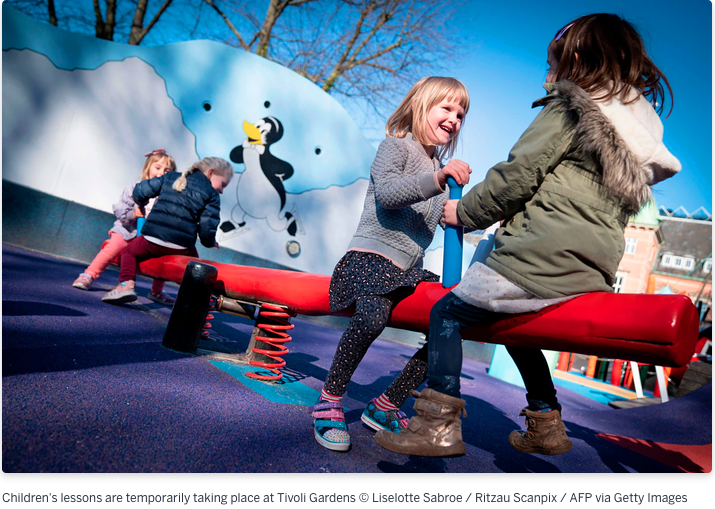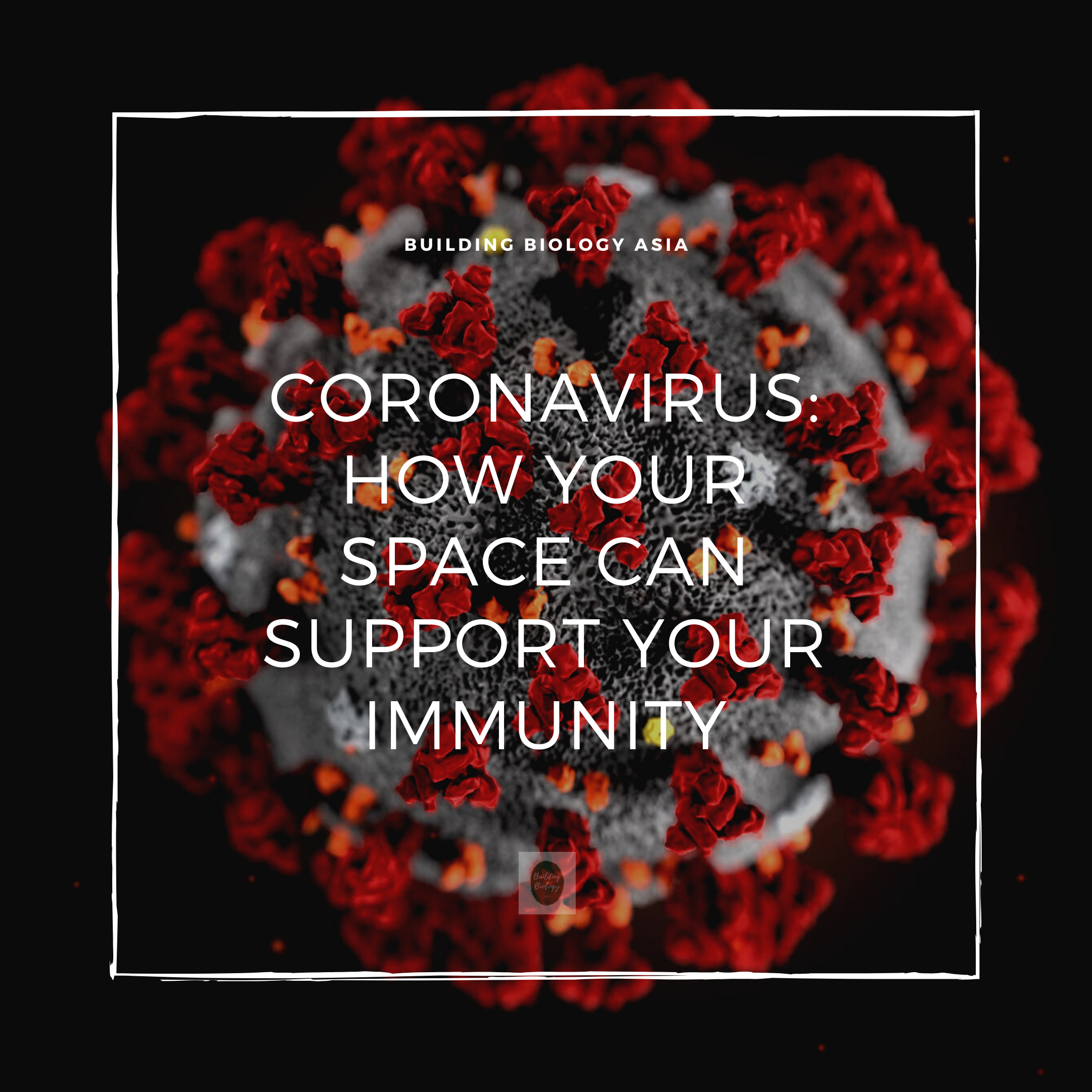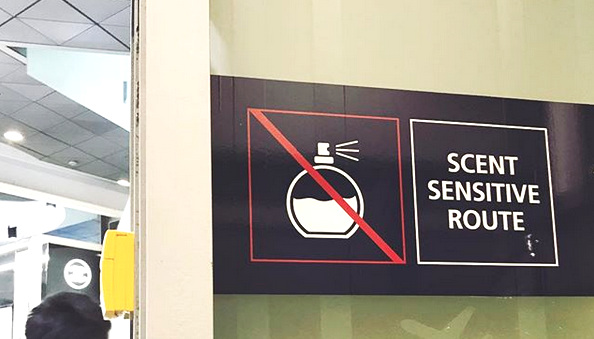Childhood is an amazing time of rapid growth and development, and should be protected. But there’s accumulating evidence that the environment we live in is increasingly a threatening one for our most vulnerable. Even before babies are born, environmental pollutants, found in our personal spaces and daily items, can be causing developmental harm.
Return to Schools: 9 Big Questions Parents Should Ask in A Pandemic
If you are considering whether to send your child to school again, familiarise yourself with the environmental elements that affect biology and learn about electromagnetic safety. Then, take time to consider each element in your child’s school to determine whether or not it is a healthy environment.
Here are some ideas that I will be considering for a happy return to schooling – and a biologically safe and supportive one:
EMF Safety: Take The Great Wired Experiment (step-by-step guide on hardwiring your devices)
While we’re indoors in greater numbers and for longer periods than ever before due to lockdowns, making the best of the space you have is more important than ever. Being indoors relying on digital means to conduct pretty much every affair of the world is a drain on your health—not the best deal during a time when you want more, not less, resilient immunity.
Coronaviruses: How to Keep Your Home Spaces Safe and Immunity Strong
Why Design for Health: Beyond Design for Disability
Universal Design grew out of a disability rights movement and is growing in popularity among homeowners and designers as accessibility products also become more available and attractive. Building Biology specifically address ecological and biological health in buildings. How do the two relate, if they do at all?
Building Biology and Bau-Biologie: A quick history
Germany, along with many European nations, was left in ruins after World War II. In the subsequent years as it rapidly rebuilt its economy and infrastructure, it saw the growth of over industrialised and overpopulated cities and towns.
People also began to notice strange illnesses after the World War. One of these was a doctor named Hubert Palm. He noticed a pattern between the ailments his patients were coming in with and their living in housing built post WWII using the new “chemically enhanced” technologies.









